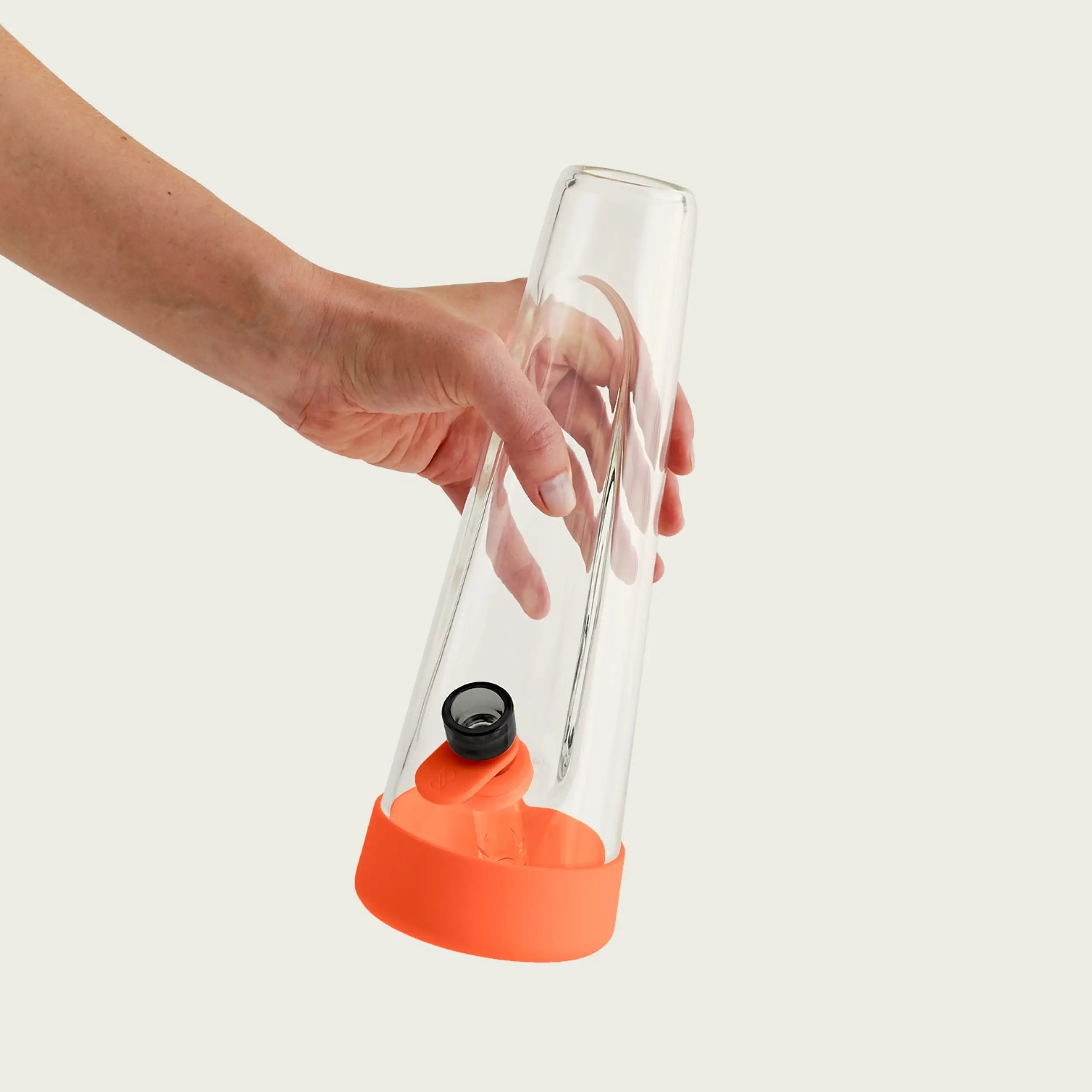In the realm of cannabis consumption, enthusiasts often find themselves on a journey to balance both the therapeutic and recreational benefits. A commonly employed strategy to optimize these effects is the practice of a tolerance break, colloquially known as a “T-break.” Let’s delve into the reasons, benefits, and considerations that make this intentional hiatus an essential element in the cannabis culture.
Why Take a Tolerance Break:
The human body has an incredible ability to adapt, and this is particularly evident in the realm of substance use. Regular cannabis users may notice that over time, the euphoric and therapeutic effects become less pronounced, leading to a desire for increased consumption. This is where a tolerance break usually becomes crucial. By abstaining from cannabis for a designated period, typically ranging from a few days to several weeks, users allow their bodies to reset.
Benefits of Tolerance Breaks:
The primary benefit of a tolerance break is the restoration of sensitivity to cannabis. During the hiatus, the body’s cannabinoid receptors, which play a vital role in the interaction with cannabis compounds, become more receptive. This heightened sensitivity can lead to a more profound and enjoyable experience when cannabis is reintroduced. Additionally, tolerance breaks can help mitigate potential side effects associated with prolonged and heavy cannabis use, such as lethargy and mental fog.
Personalized Approach:
The duration of a tolerance break is a personal choice. Some individuals opt for short breaks, providing a reset without a significant interruption to their routine. Others embark on more extended journeys, seeking a more profound reset and an exploration of life without regular cannabis use. Understanding personal goals and preferences is key in determining the ideal length of a tolerance break.
Challenges and Coping Strategies:
Embarking on a tolerance break is not without its challenges. Withdrawal symptoms, both physical and psychological, can manifest during this period. These may include irritability, changes in appetite, and difficulty sleeping. Developing coping strategies, such as engaging in alternative activities, practicing mindfulness, or seeking support from friends, can aid in navigating these challenges. Keep yourself busy!
Conclusion:
In the tapestry of cannabis consumption, the art of resetting through tolerance breaks adds a dynamic layer. By understanding the body’s adaptation process and embracing intentional breaks, enthusiasts can enhance their relationship with cannabis. Whether pursuing heightened sensitivity, exploring personal limits, or simply enjoying the journey, a well-timed tolerance break can be a valuable and rejuvenating practice in the world of cannabis enthusiasts.














![[in] session blog — Inspiring interviews, articles about cannabis & design](http://sessiongoods.com/cdn/shop/files/session-goods-homepage-insession-blog-mobile_63644ba1-0223-434b-b77e-5f4a30d7375f.webp?v=1692127377&width=600)